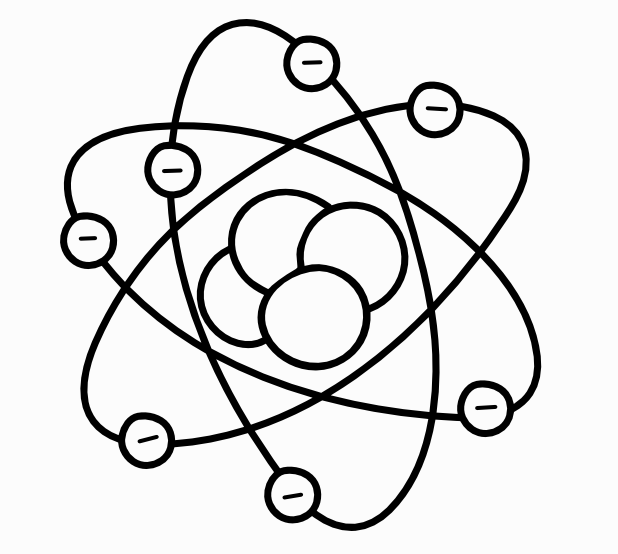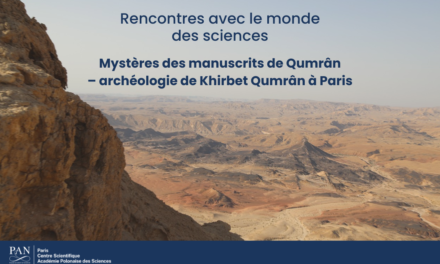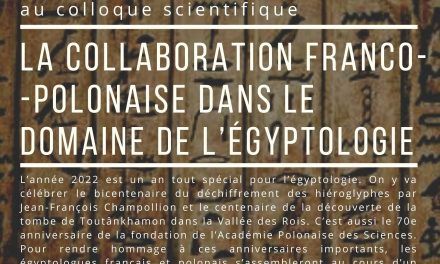Global energy consumption has increased significantly over the last century. In 1973, for example, it represented 6,000 million tons of oil equivalent, and in 2016 it was already over 13,200 million tons. Global energy demand is expected to continue to grow in the near future. Fossil fuels are currently the dominant source of energy and account for about 80% of global energy consumption. However, fossil fuel reserves are limited. Therefore, controlled thermonuclear fusion could be a prime candidate for energy production in the future.
The tokamak device is currently the most promising solution for controlled thermonuclear fusion and future energy production. In this device, the fusion plasma is maintained by means of a strong toroidal magnetic field induced by external coils and a poloidal magnetic field generated by the current flowing in the plasma. However, there are still many scientific and technological challenges on the way to building a fusion power plant. One such challenge is the effective control of the current profile flowing in the plasma to ensure the stability of its maintenance in the tokamak. Of the many techniques, a method based on the emission of electromagnetic waves at frequencies corresponding to the so-called lower hybrid frequency plays a key role in controlling the current profile, by optimizing the deposition of electromagnetic wave energy in the plasma.
Another issue comes from the fact that future fusion devices – such as the International Thermonuclear Experimental Reactor (ITER) – will have to use heavy metallic elements like tungsten as the plasma-facing components, in order to limit tritium retention (tritium is a r
adioactive reactant of the fusion reaction). The heavy impurities generated by physical sputtering can then cool down the plasma and thus strongly degrade the fusion reaction by radiation in the X-ray range.
Therefore, efficient impurity mitigation methods must be developed and should include the effect of the heating systems on the impurity distribution. However, in case of plasma heating by the lower hybrid wave, the interaction between the induced energetic electron population and the heavy impurities remains unclear, while it could compromise both the control of the current profile and the mitigation of impurity accumulation in future fusion reactors.
The goal of this working meeting, in the framework of the National Science
Centre, Poland (NCN) Grant HARMONIA 10 No. 2018/30/M/
ST2/00799, conducted in collaboration between the Polish Institute of Nuclear Physics Polish of the Academy of Sciences (IFJ PAN) and the French Institute for Magnetic Fusion Research (IRFM, CEA), was to discuss recent advances on the mutual impact of tungsten impurity ions, lower hybrid current drive modeling, fast electron dynamics and associated plasma diagnostic issues.
The discussion allowed to establish a work plan for the future of the collaboration. In particular, it will be important to separate the direct impact (such as partial screening or mean excitation energy during electron – ion collisions) of tungsten ions on fast electron dynamics, from the indirect impact through plasma radiation losses. The effect of a non-Maxwellian electron velocity distribution function on the tungsten line emission and other processes is to be considered in this context. The modelling work and comparison with diagnostic data from plasma discharges from the French tokamak WEST is considered as an important axis of research to achieve these goals.
Date of the conference: 7-8 november 2022
Place of the conference: Polish Academy of Sciences Scientific Center in Paris (74, rue Lauriston)
Organising Committee:
Dr hab. Marek Scholz (Institute of Niclear Physics Polish Academy of Sciences (IFJ PAN))
Diana Kogaczewska (Polish Academy of Sciences Scientific Center in Paris)













